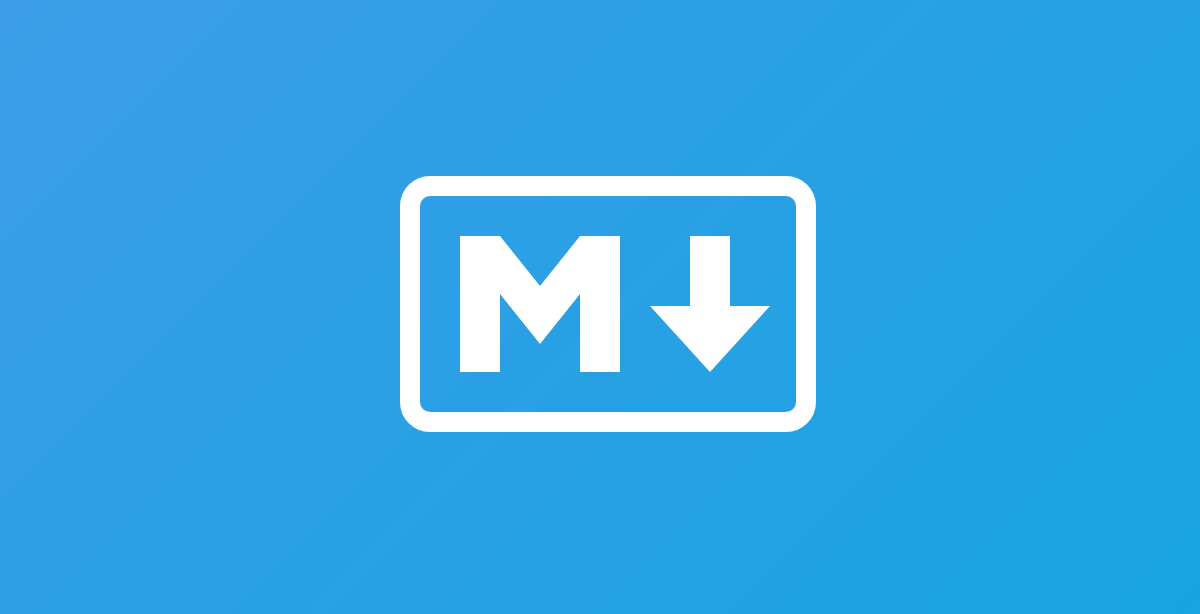All of the posts in this blog are written in markdown language. I am learning markdown daily by just writing the blogs.
Markdown is a lightweight markup language that is commonly used for writing and formatting text on the internet. It allows you to add formatting to your text, such as headings, lists, and links, without the need for complex coding or HTML. In this blog post, we will go over some of the essential markdown tags that you should know.
Headings
Headings in markdown are denoted by the # symbol. You can create headings of different sizes by using more or fewer # symbols. For example, to create a heading size one, you would use # followed by a space and your heading text, like this:
# Heading size one
To create a heading size two, you would use ## followed by a space and your heading text:
## Heading size two
You can create headings of size three, four, five, and six using ###, ####, #####, and ######, respectively.
Lists
Markdown also allows you to create both ordered and unordered lists. For an unordered list, you can use the * symbol followed by a space and your list item:
* Item one
* Item two
* Item three
This would create a bullet point list with three items.
For an ordered list, you can use the 1. symbol followed by a space and your list item:
1. Item one
2. Item two
3. Item three
This would create a numbered list with three items.
Links
To create a link in markdown, you can use the [link text](link URL) syntax. For example, to create a link to Google, you would write:
[Google](https://www.google.com)
This would create a link with the text “Google” that, when clicked, would take you to the Google website.
Emphasis
Markdown also allows you to add emphasis to your text using the * or _ symbols. To create italicized text, you can use the * or _ symbols around your text like this:
*Italicized text* or _Italicized text_
To create bold text, you can use the ** or __ symbols around your text like this:
**Bold text** or __Bold text__
Conclusion
These are just a few of the essential markdown tags that you should know. With these basic tags, you can start writing and formatting text on the internet in a quick and easy way. As you become more comfortable with markdown, you can start exploring more advanced formatting options and techniques.

 Comparing SQL and NoSQL Databases: Understanding the Key Differences
Comparing SQL and NoSQL Databases: Understanding the Key Differences